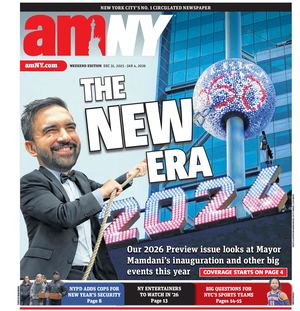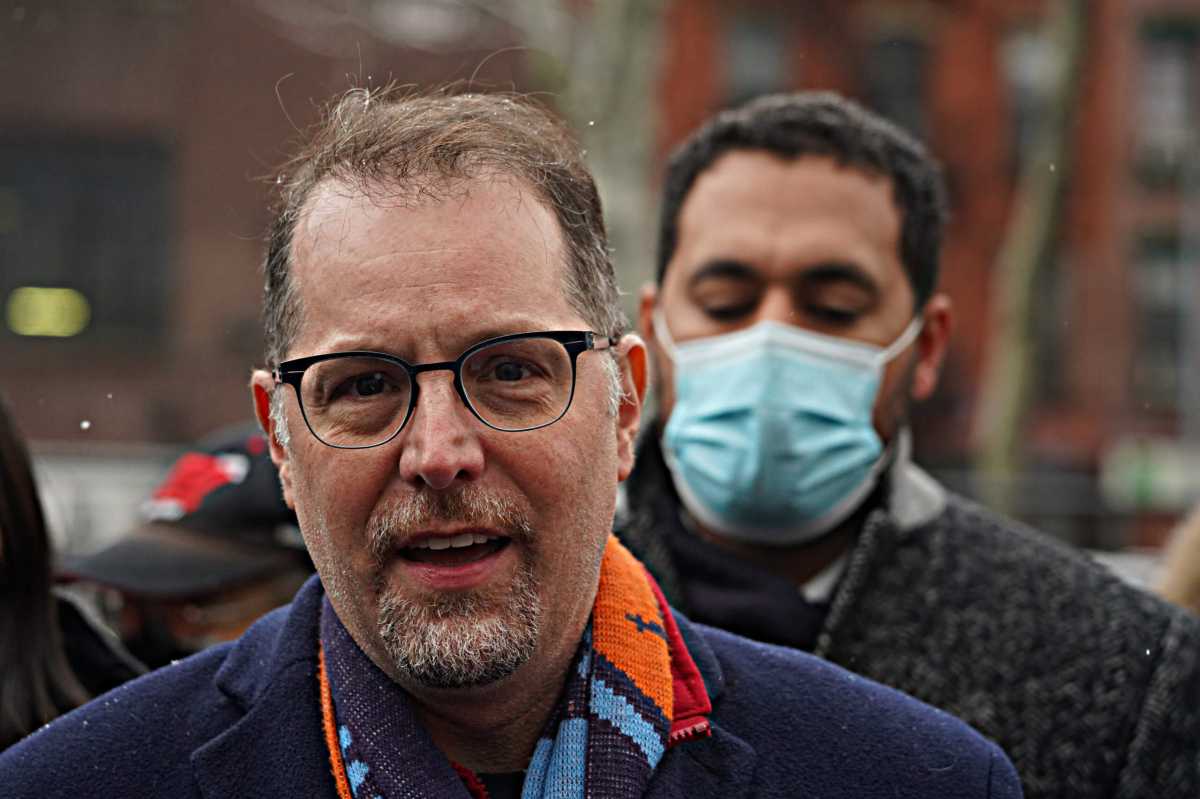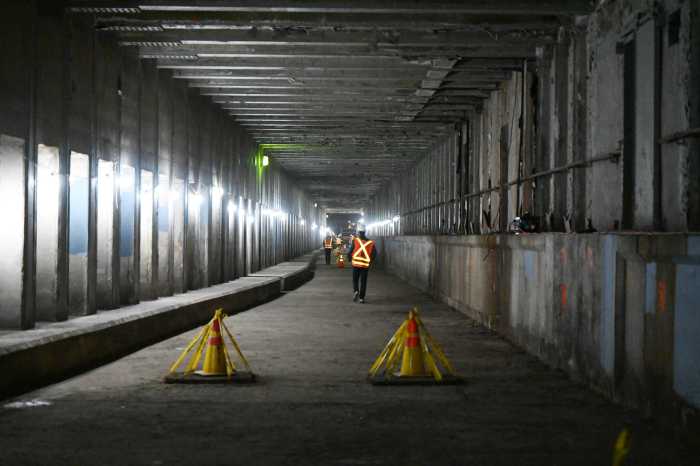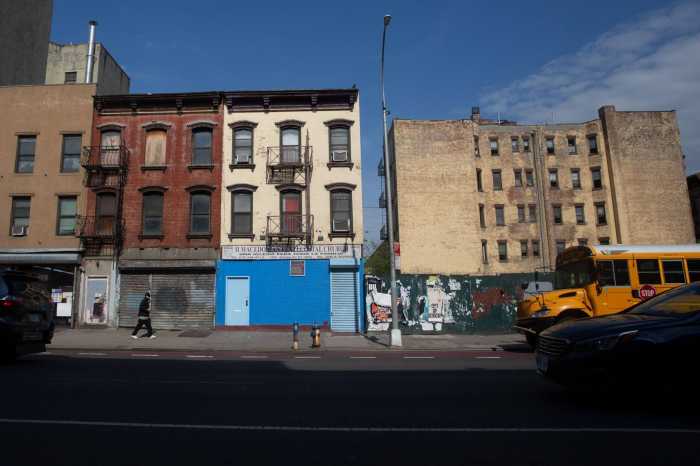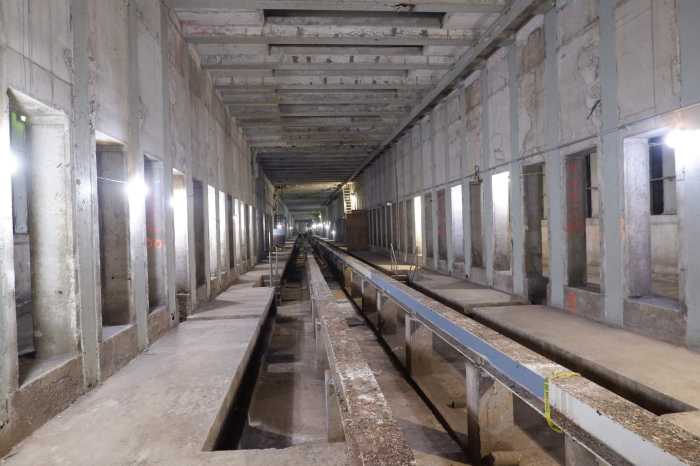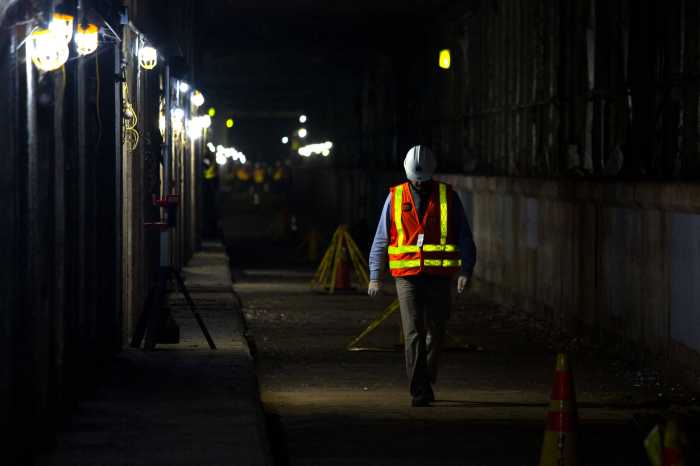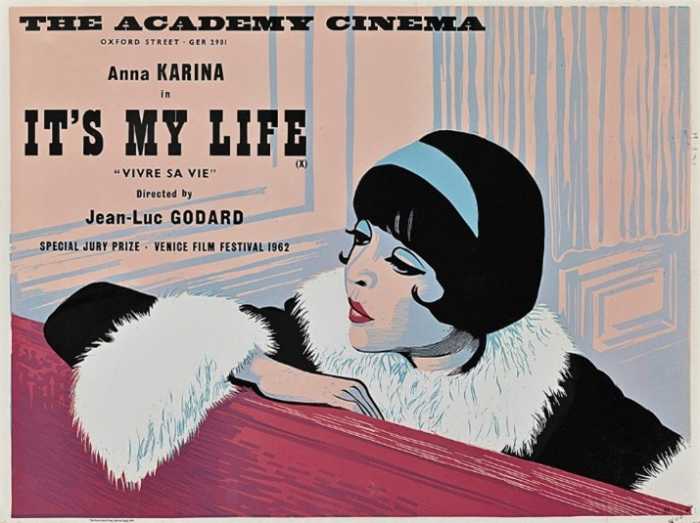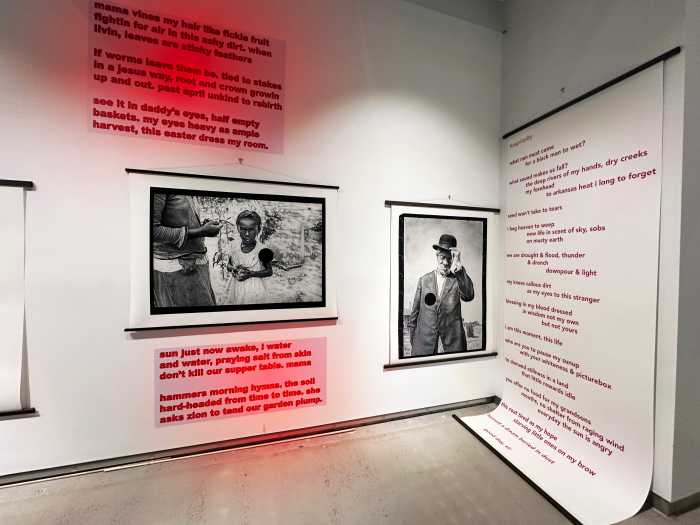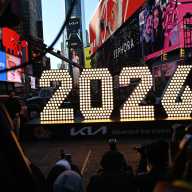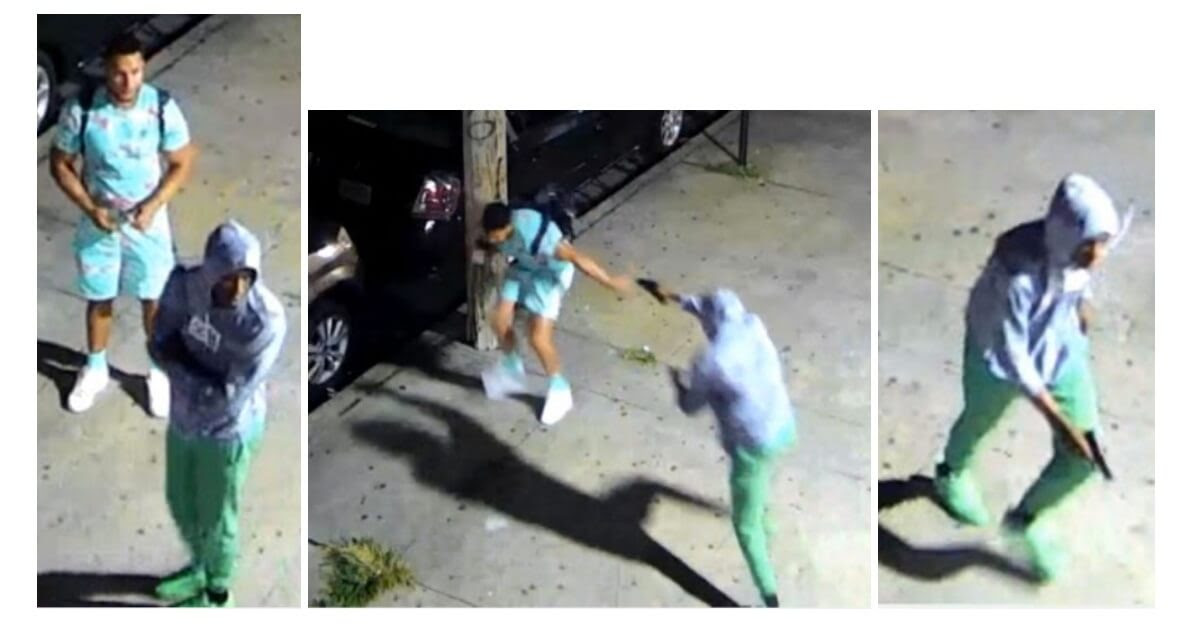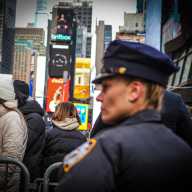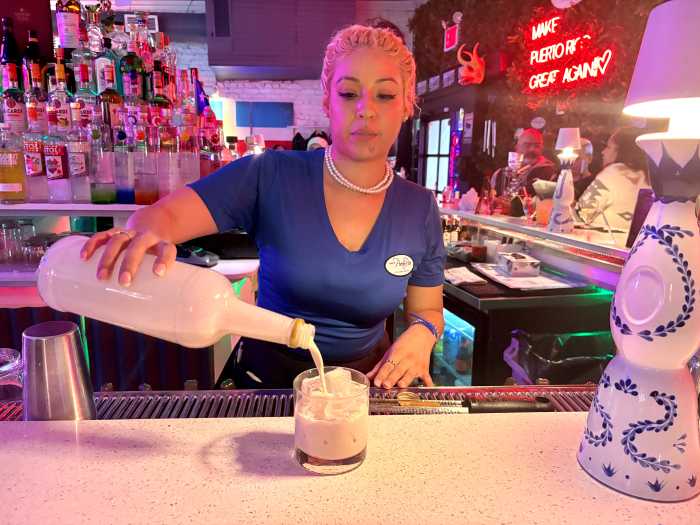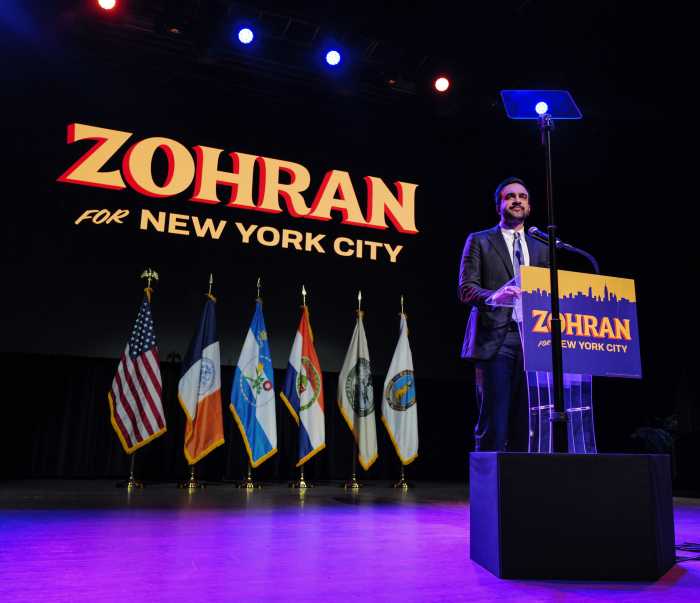Manhattan Borough President Mark Levine has a lot on his mind when it comes to the island he is in charge of overseeing.
Among those topics are the impending extension of the Second Avenue Subway from the Upper East Side into East Harlem; Levine’s plan for utilizing at least 170 vacant lots across Manhattan to build more affordable housing; efforts to combat the scourge of fires connected with lithium ion batteries commonly found in e-scooters and e-bikes; and what role artificial intelligence (AI) will play in the Big Apple going forward.
Levine gave his thoughts on these subjects during a July 7 phone interview with amNewYork Metro.
This interview was edited for length and clarity.
amNY: On July 5, it was reported that construction is going to be starting before year’s end on the next phase of the Second Avenue Subway. The first phase, completed in 2017, extended the Q train from 57th Street and 7th Avenue up to 96th Street and Second Avenue. The second phase will further extend the line to 125th Street and Lexington Avenue in East Harlem, where it will join the 4, 5 and 6 trains. What do you see coming out of that project for East Harlem and Manhattan?
BP Levine: Let’s point out the lack of transit access in East Harlem. By the standards of Manhattan, it’s a transit desert. For people who are around Second Avenue and farther east, it’s a 15-minute walk, at least to the subway, maybe more. And so if people have mobility challenges, that’s a major barrier. And what we saw for the Upper East Side the addition of this new line was transformative and already has been used so heavily and really made life so much easier for people living around Second Avenue on the East Side. And in the name of equity, we want the same for the folks in East Harlem. But the connection to the Lexington Avenue Line also means that this project will relieve overcrowding on the 4, 5 and 6 [trains]. And it will be a benefit to everyone up and down those lines.
Look honestly, we should be opening multiple subway stations every year. That’s what comparable cities around the world are doing. And we’re really lucky to get a subway station or two a decade at this point. We’ve got to pick up the pace by at least 10 times.”
amNY: This next phase is estimated to cost $6.95 billion, which is up from the first phase. And there’s still quite a bit of the Second Avenue subway going downtown that needs to be built. How long do you think that’s going to take?
BP Levine: The cost of doing transit capital projects in New York City is just outrageous. The fact that it costs now, I think over $2 billion per mile, it’s probably 10 times what it is in some European cities that also have many of the challenges we do. We’re talking about other old cities, a lot of infrastructure underground, and very strong labor protections. They are building much cheaper and often much faster. And it’s really holding us back.
Ultimately, we do need this line to go all the way down to Hanover Square because there are also transit deserts, in [areas] like the Lower East Side and this would connect neighborhoods that really need it. But given that we don’t even have a projected completion date for phase two of the Second Avenue line, boy it is really just in the realm of pure speculation to talk about the timing for phases three and four.
amNY: Are there other parts of the borough that you feel like could use more subway coverage?
BP Levine: It is a glaring omission that when the 7 train was extended to the far West Side, that it didn’t include a stop at 42nd Street (west of Times Square). The line curves there. The far West Side of Manhattan in the 40s and 50s, I also consider a transit desert, booming with housing. But again it can be a 15-20 minute walk to a subway station.
amNY: Moving on. Affordable housing is top of mind for everyone. Albany this year failed to pass any major housing production legislation. Earlier this year, you released a plan that identified 170 lots across the borough that you said could lead to the construction of 73,000 homes. Where’s that plan at now?
BP Levine: We feel great about the response to the plan. The public has embraced it. In fact, our most common input from the public has been suggesting additional sites. We’ve gotten great support from city agencies as well. One site has already been greenlighted in East Harlem. It’s 242 East 106th St. This is an abandoned, city-owned lot, where there’s going to be a 10-story apartment building for formerly homeless LGBTQ youth. In partnership with the Ali Forney Center. It is going to be amazing.
[But] the plan is not just released and then we walk away. We are working with agencies and community boards and even some private developers all over the borough on every one of these projects. We included in the plan a range from some that just needed one more push to get over the finish line to some that are really ambitious and will take years. But we are making progress.
We also had some rezonings. We called for rezoning the manufacturing areas in the East 90s and the community board just voted almost unanimously in support of that. It will be rezoned from manufacturing to residential. We’ve called for rezoning the Garment District so that you can have residential conversions because there’s very little manufacturing happening there. And the City Planning Commission is off and running with that.
amNY: Moving on to another topic that’s been in the news a lot over the past year: lithium ion battery fires. Those are a big deal in Manhattan, in particular, with the Chinatown fire that killed four people recently. What can you do from your office to combat this issue? And what do you think are some of the paths that could be pursued that are not being looked at currently?
BP Levine: We have to attack this on multiple fronts. First, we need safer charging infrastructure so that people aren’t charging in their homes. And there should be hundreds of charging stations around the city. At the moment, I consider this to be an even higher priority than car charging stations. I think we need some sort of buyback program. Because a lot of the delivery workers are using the cheaper, less safe batteries. And there are much safer models of lithium ion batteries. For example, you almost never observe fires on a Citi Bike because those are high quality batteries with good charging infrastructure, so [it is] possible to have much safer technology.
But there [are] an estimated 65,000 delivery workers and so we need to get those bad batteries off the street. And perhaps the app delivery companies could fund this. And then there does need to be enforcement for retailers and repair shops that have unsafe conditions.
amNY: Is there anything else that your office can do? Education campaigns, stuff along those lines?
BP Levine: People, for example, don’t understand how to dispose of these batteries. And too many times fires [are] in sanitation trucks or in the recycling plants. And we’ve been doing communication on this. Each borough has a drop-off location for e-waste, and other non-standard disposables, and most folks don’t know about it. Most folks don’t know there’s a state law that says, any retailer that sells these batteries must also accept them for disposal. And so, we’re doing a lot of education with the public about generally safe use, charging and disposal.
amNY: Moving on to another topic. I know, AI is something that your office recently did a report on. Can you walk me through some of the main recommendations there?
BP Levine: We really wanted to issue a call to action, because I see this as one of the most disruptive technologies in history that is coming fast, in some ways is already here. And I think there’s a lot that New York City has to do to adapt to capitalize on potential benefits and mitigate threats.
I’ll give a couple of examples. First, in the functioning of city government, there are hundreds of thousands of people in New York City who qualify for SNAP (Food Stamps). It is a famously difficult application process and perhaps AI could simplify that. [Also] it is too hard for small businesses to get the permits they need to get up and running. Perhaps an AI chat tool can make it much easier to get permits and get processed.
We looked at the schools too and we said ‘you know what? Let’s be realistic, students already have access to ChatGPT (an AI tool) and they’re using it and let’s not try and stop the inevitable. Let’s embrace it and help them recognize misinformation and bias in the output of those tools. Let’s help teachers use these tools to provide customized, even individualized curriculum.’ In talking to educators, I think there’s a lot of exciting opportunities. I know about one teacher who’s using ChatGPT. They read literature, they read ‘Huck Finn.’ They say, ‘have a dialogue with your AI bot, playing the role of Huckleberry Finn, and tell me about the conversation.’ And wow, that’s a pretty cool idea. I wish I had that when I was in high school.
